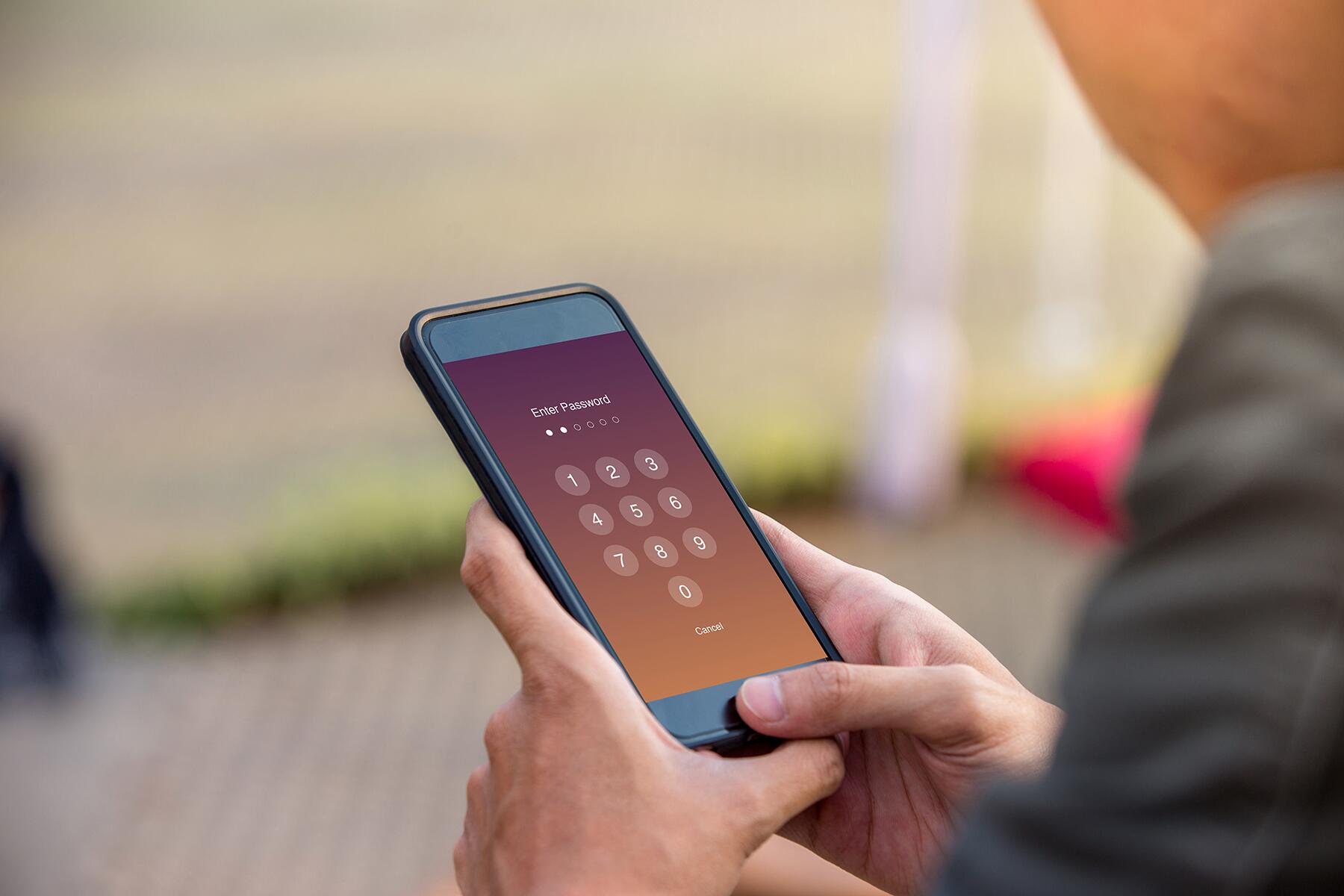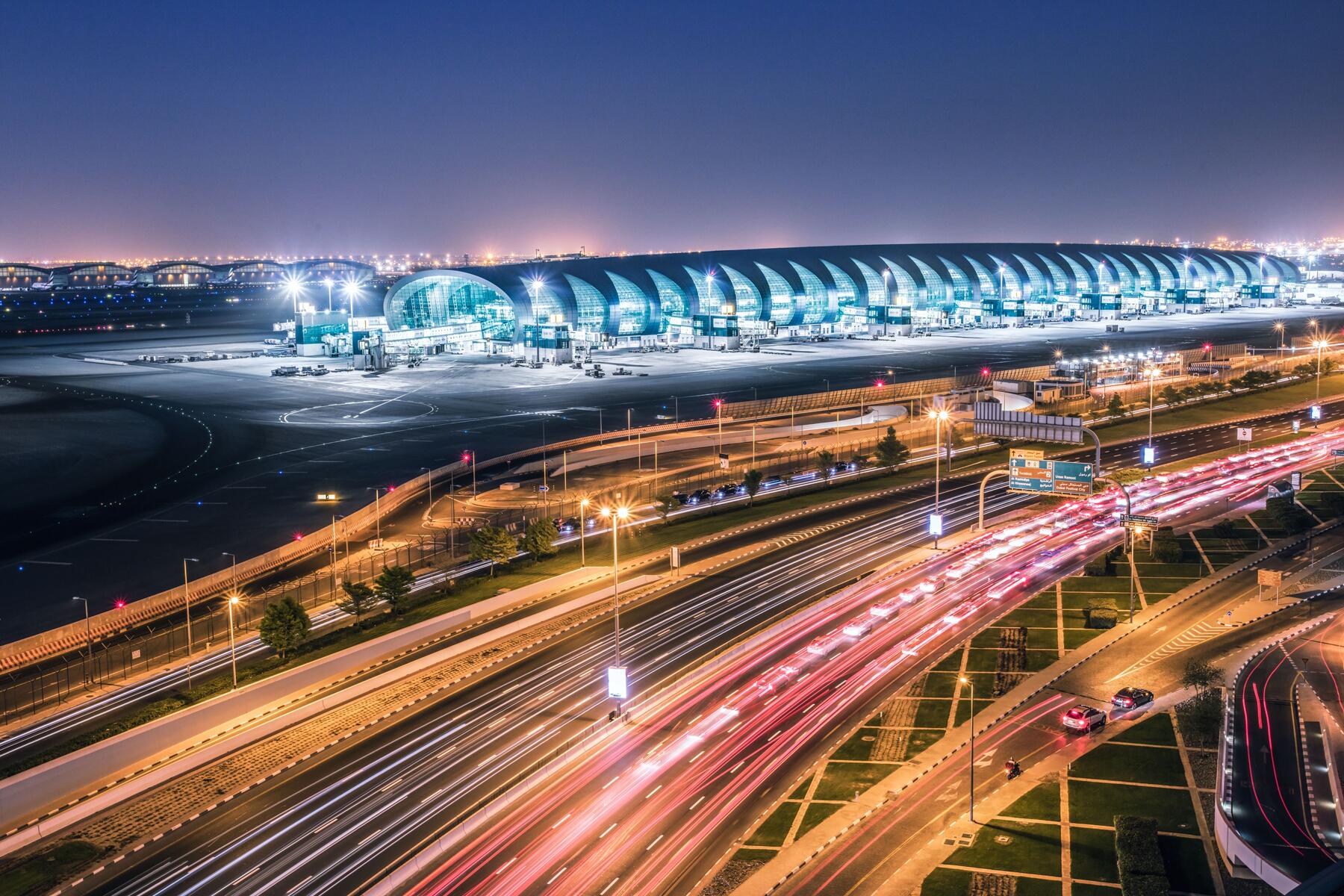Fewer employees and changes in the types of travelers are altering the airport experience.
If you’ve recently flown the not-so-friendly skies–and had a few layovers–you may have noticed that things look a little different at many airports across the country. When it comes to shopping, dining, and other amenities, some terminals have shuttered retail stores and restaurants, there are long lines for food or drinks, and in some airports, the workers have even gone on strike.
With the ongoing aftereffects of the pandemic, combined with the Great Resignation and supply chain interruptions, will airports ever look the same again? Will you be able to have that great meal and favorite cocktail in Terminal E or grab a mani-pedi at the express spa? What can travelers expect in the future? Experts from the industry weigh in on what’s happening at U.S. airports, the recovery process, and what we can expect as we transition into the future.
U.S. Airport Concessions Are Facing the Same Challenges as the Rest of the U.S.
Andrew Weddig, Executive Director of the Airport Restaurant & Retail Association (ARRA), a group of members that works with airports and the aviation industry, explains, “This is a complicated situation reflecting what’s happening in the overall economy. Restaurants and the hospitality industry were hit the hardest and are having a difficult time recovering. Concessionaires are raising pay rates and want to be competitive, but they can’t find people. Help wanted signs are everywhere.” In addition to logistical challenges, like parking, when working at airports, “Employees also need to pass security and background checks that take two to three weeks. You can start a job on the street immediately.”
Recommended Fodor’s Video
According to Jai Ferrell, Assistant General Manager of Commercial Revenue development at Hartsfield-Jackson Atlanta International Airport, women account for 60 to 70 % of the workforce at airports, so childcare is also a real issue.
“Childcare facilities are still unstaffed or understaffed, or schools aren’t open, so sometimes it’s easier for a parent not to work.” In addition to the Great Resignation, Ferrell says there’s also been a Great Reflection. “People that were frontline workers at airports, and designated as essential, have found new and innovative avenues for work, so the change in the scale and scope of that workforce looks different now.” She adds, “There’s also a shared ecosystem at the airport where everyone is competing for the same pool of folks. If they can make $4 more an hour somewhere else, they may leave one place for another. It can make a lifestyle change for some people.”
Like the rest of the country, the recovery has been faster in some markets than others—it’s very airport and community-specific. For example, Orlando International Airport looks much like it did before the pandemic. With a larger pool of people trained in the hospitality industry, they’ve been able to support a quicker recovery. Carolyn Fennell, Senior Director of Public Affairs for the Greater Orlando Aviation Authority, says, “People have certain expectations when they come to Central Florida, and our economy relies on repeat business.” After all, it’s the Happiest Place on Earth. “We have a pattern of passengers that check out of their hotels at 11 AM, and then they come to the airport. Our overall design concept and mission is to give passengers the best possible dining and shopping experience.”
Manager of Concessions at the Orlando airport, Tracy Harris, adds, “While we have some modified hours and limited menus, we are fully operational past security. We even have four out of five spas open. Our goal is to get back to full staffing with people working fewer hours—like pre-Covid times. One of our challenges is supply chain issues,” she explains. “We can’t always get everything we need. We hope that this will right itself over time, and people will want to come back to work.”

Gregg Paradies, President, and CEO of Paradies Lagardère, one of the largest concessionaires operating more than 950 retail stores and restaurants in North American airports, says they are taking a collective approach to the staffing challenges.
“We’re hosting job fairs in almost every market and promoting the events heavily on social media. We’ve offered several types of incentives with recruiting efforts such as bonuses for signing, retention, and references and free meals and uniforms.” He adds, “Considering where we were in the spring and summer of 2020, we already feel the situation has improved dramatically as the through point of travelers at TSA security checkpoints is around 85% of 2019 levels.” Approximately 90% of Paradies Lagardère’s U.S. airport stores and restaurants are currently open for business.
Out west, at Phoenix Sky Harbor International Airport, airport representatives say their concessionaires—with the most prominent being HMS Host and SSP America—have also been holding weekly job fairs. They’ve increased wages and are offering sign-on, attendance, and referral bonuses. With approximately 81% of their food and retail outlets open, with varying hours of operation, they add, “Phoenix Sky Harbor International Airport has been one of the fastest recovering airports as far as enplanements, and traffic continues to grow. We will continue to work with all our tenants to create the best passenger experience.” And back on the East Coast at John F. Kennedy International Airport, a spokesperson for the JFK Port Authority says, currently, almost 72 % of concessions are open out of 260 concession locations overall categories.
Expect More Automation as We Begin to Fully Recover
Paradies states, “As the pandemic’s impact on businesses around the globe was so devastating and new variants such as Delta and Omicron continue keeping the world on its toes, we fully understand the recovery process will be relatively slow.”
Experts agree that airport concessions will come back with time, but the customer experience will look very different with more technology and less human interaction.
Weddig says, “Right now, the majority of travel is leisure from pent-up demand, but at some point, that demand will scale back. We don’t know how people will be traveling and who fills in the gap between business and international travel as people continue to work from home.” If fewer people are traveling, there won’t be the need for so many restaurants and retail outlets at the airports.
“The trend towards greater technology to enhance the traveler experience was already in play before the pandemic,” Paradies explains. “Our company had introduced new self-checkout kiosks at the end of 2019 and expanded our partnership with Servy in 2020 to offer the Grab mobile ordering and payment options in our restaurants. Currently, we’re operating our new Scan, Pay & Go technology, a completely contactless transaction opportunity, in more than 20 of our airports.” He adds, “The pandemic certainly elevated the need for and importance of these innovations. Yet, we do feel strongly about a “High Tech and High Touch” mentality, which is a healthy balance between technology and live customer service. Having both provides a choice to customers and ultimately delivers the very best experience to a variety of travelers with different needs and preferences.”
Ferrell agrees, “Airports will look very different in the “normal forward” with integrated technology and more self-service options. Passengers will create their own experience from a pre-reserved parking spot to ordering food on their phones. You won’t need to be approached by or talk to anyone and you can gate hug until your flight.” She adds, “People will have to be retrained and reprimed if they haven’t flown in a while. There will be passengers that need help with ADA issues or language barriers—and they’ll require personal assistance. Human touch is still essential from a customer service perspective. There’s nothing like a warm smile to direct you to where you’re going. Everybody is dealing with this and we’re all evolving.”
With more staffing pressures, rising costs—both with wages and supply chain issues—and the question over the return of the business traveler, we can all expect to see more automation in the coming years. What that will look like exactly is, as Weddig says, the million-dollar question.
If You’re Flying in the Near Future…
Before traveling, it’s best to check the airport’s app to see what’s open and available in your terminal. Not all airports mention specific operating hours, but they do list what places are open. If you can’t find anything open in your terminal, one of the best options may be to check into your airline’s sky lounge. While these spaces are busier than they used to be in some airports—and may also have limited hours—you can still grab a drink and a bite to eat, plug in your electronic devices, and have space to spread out. Human interaction is optional.




